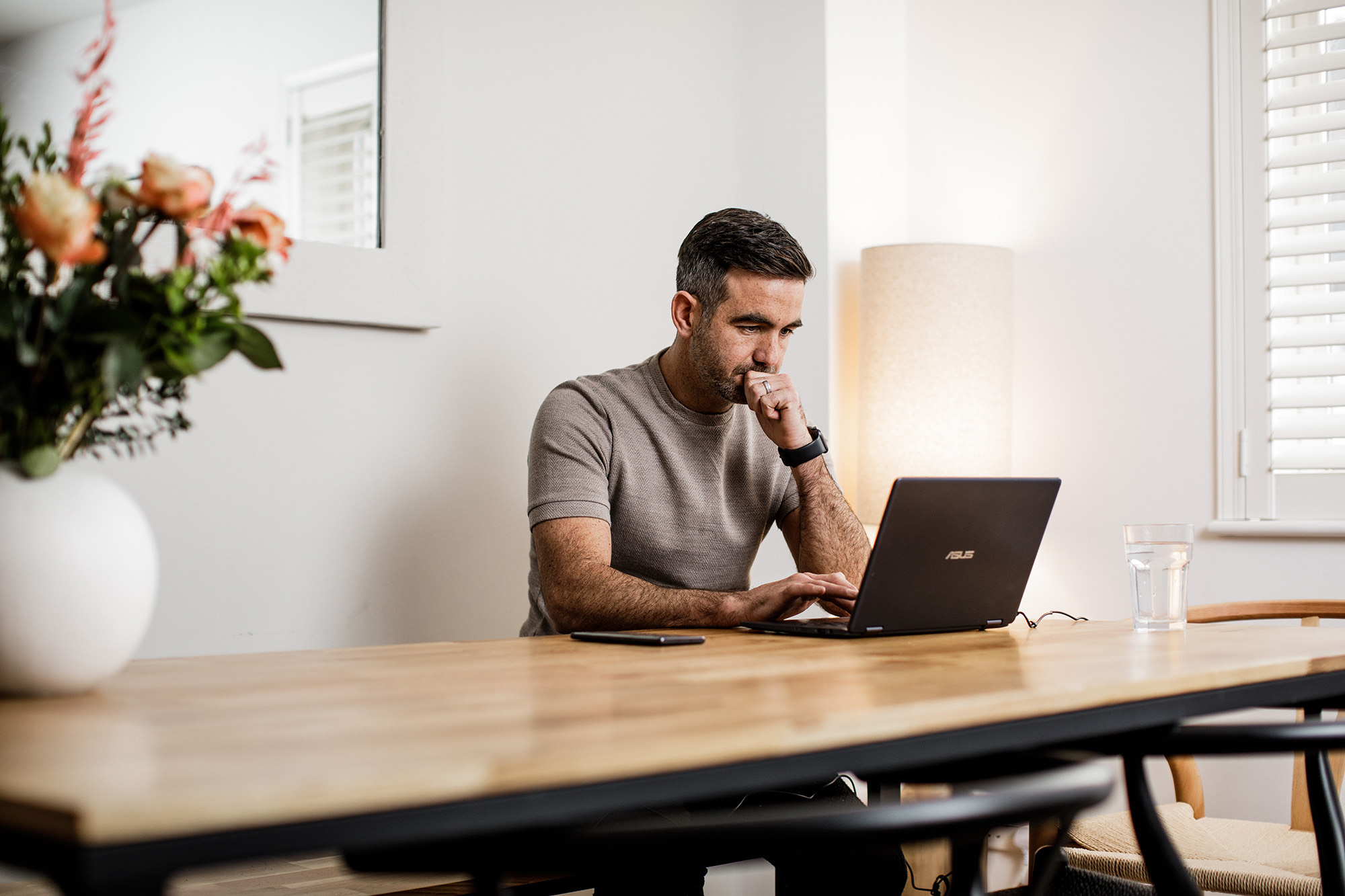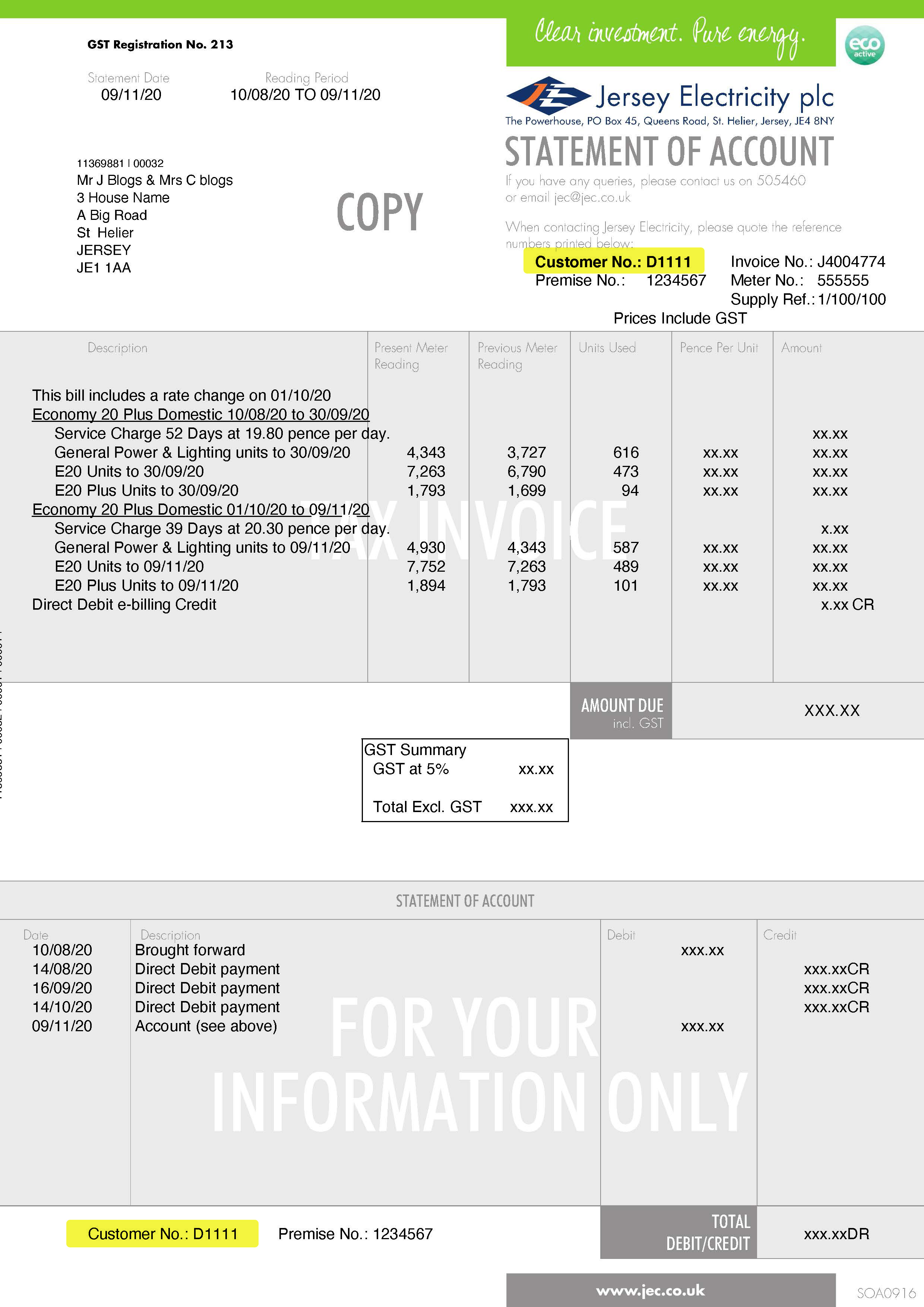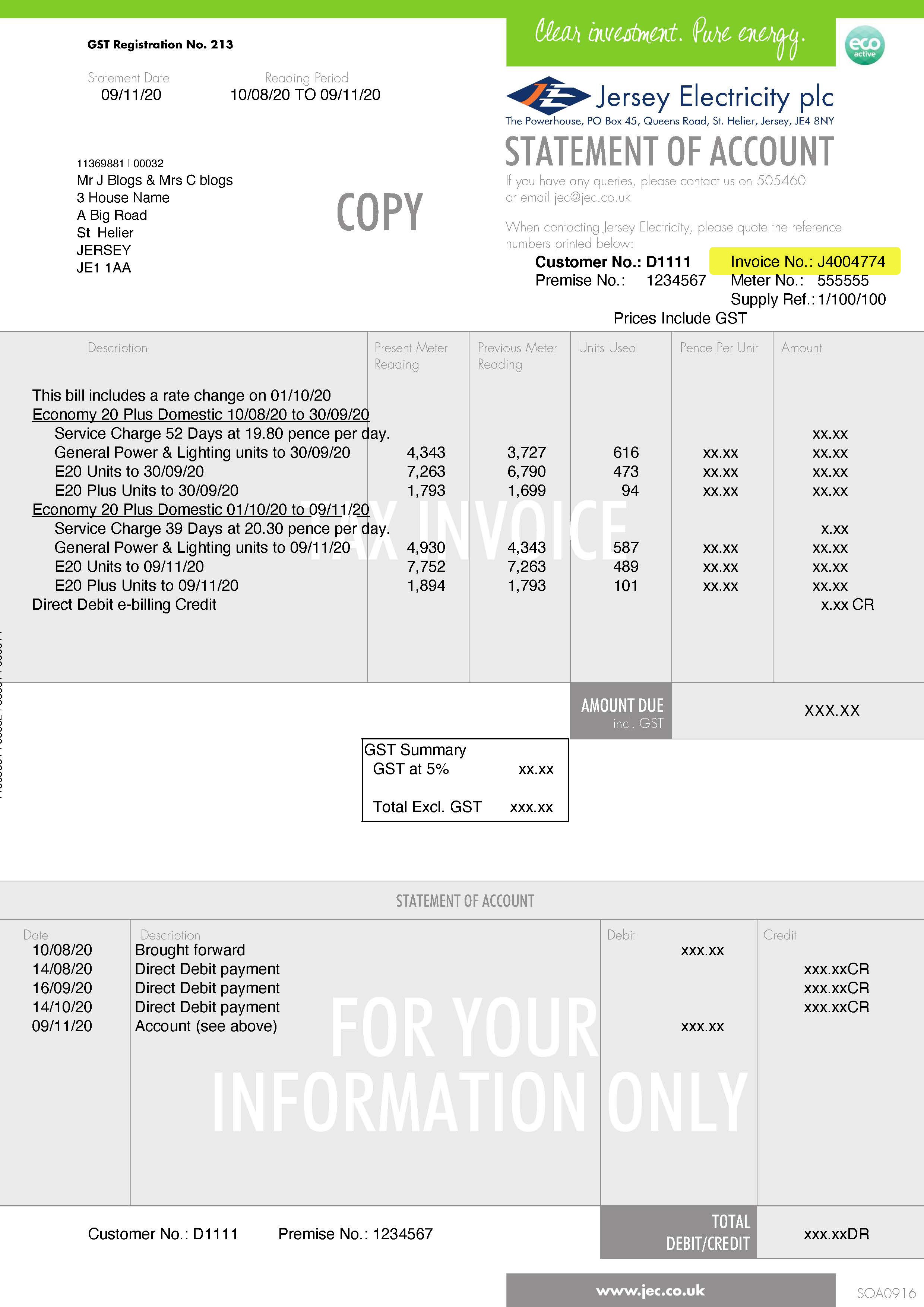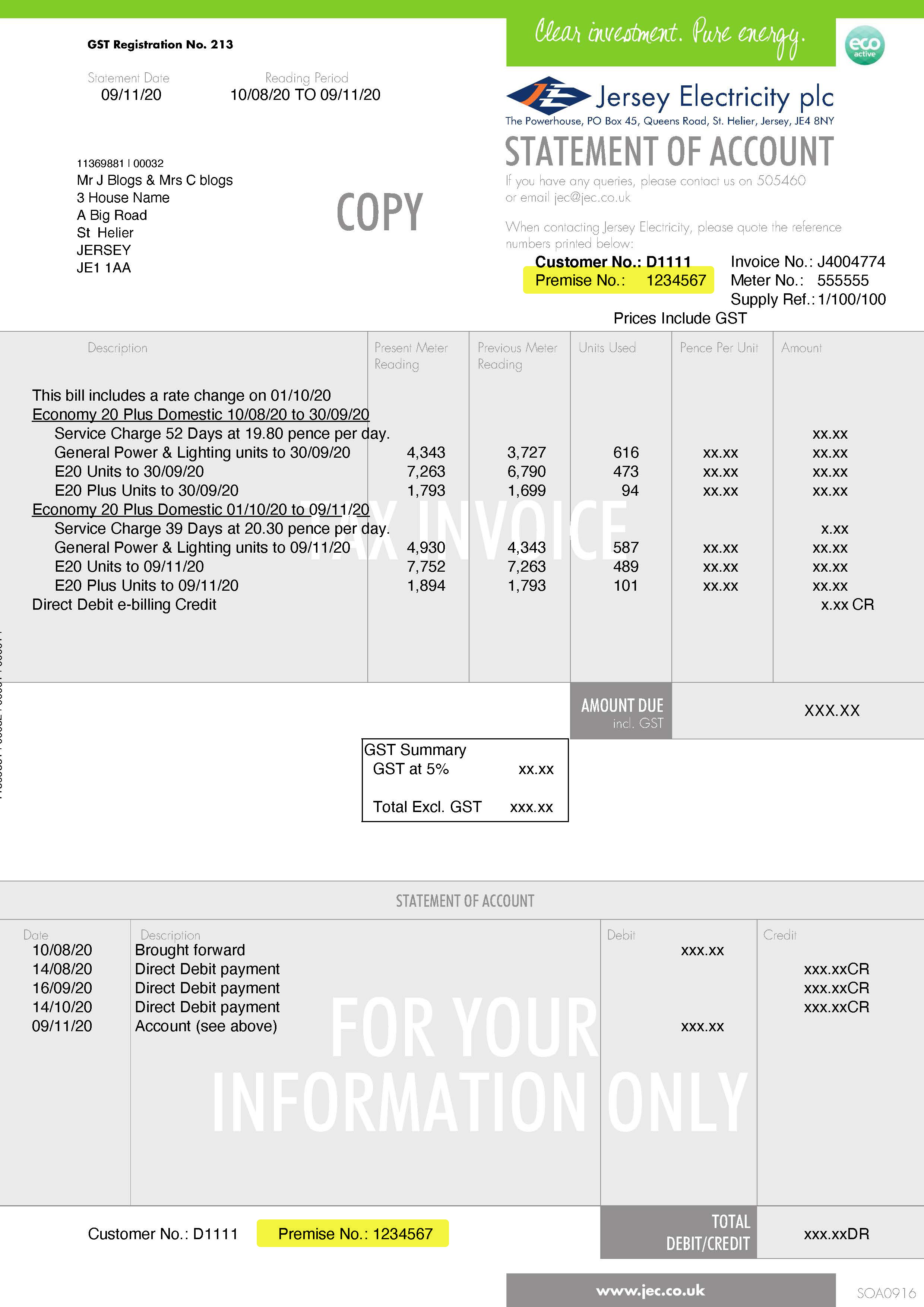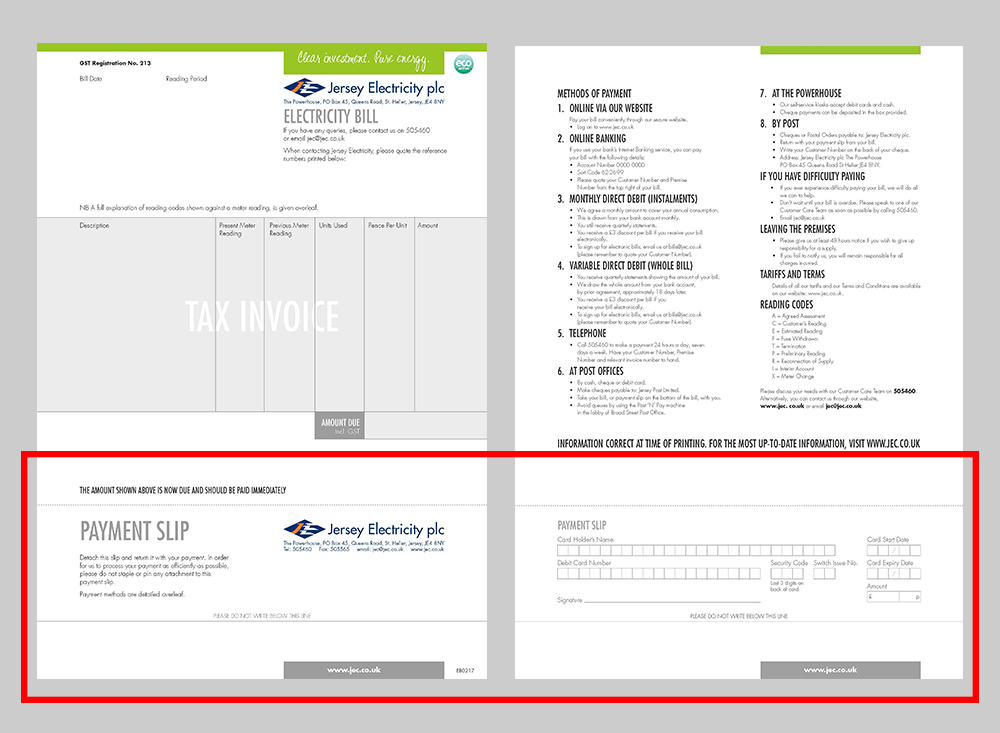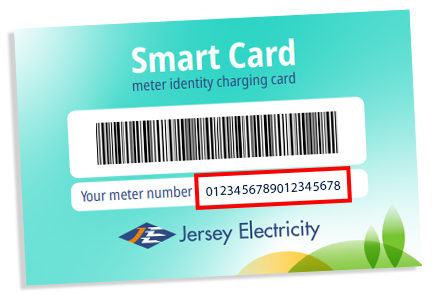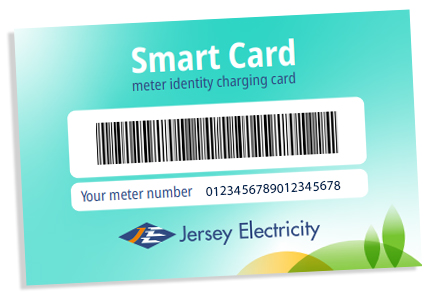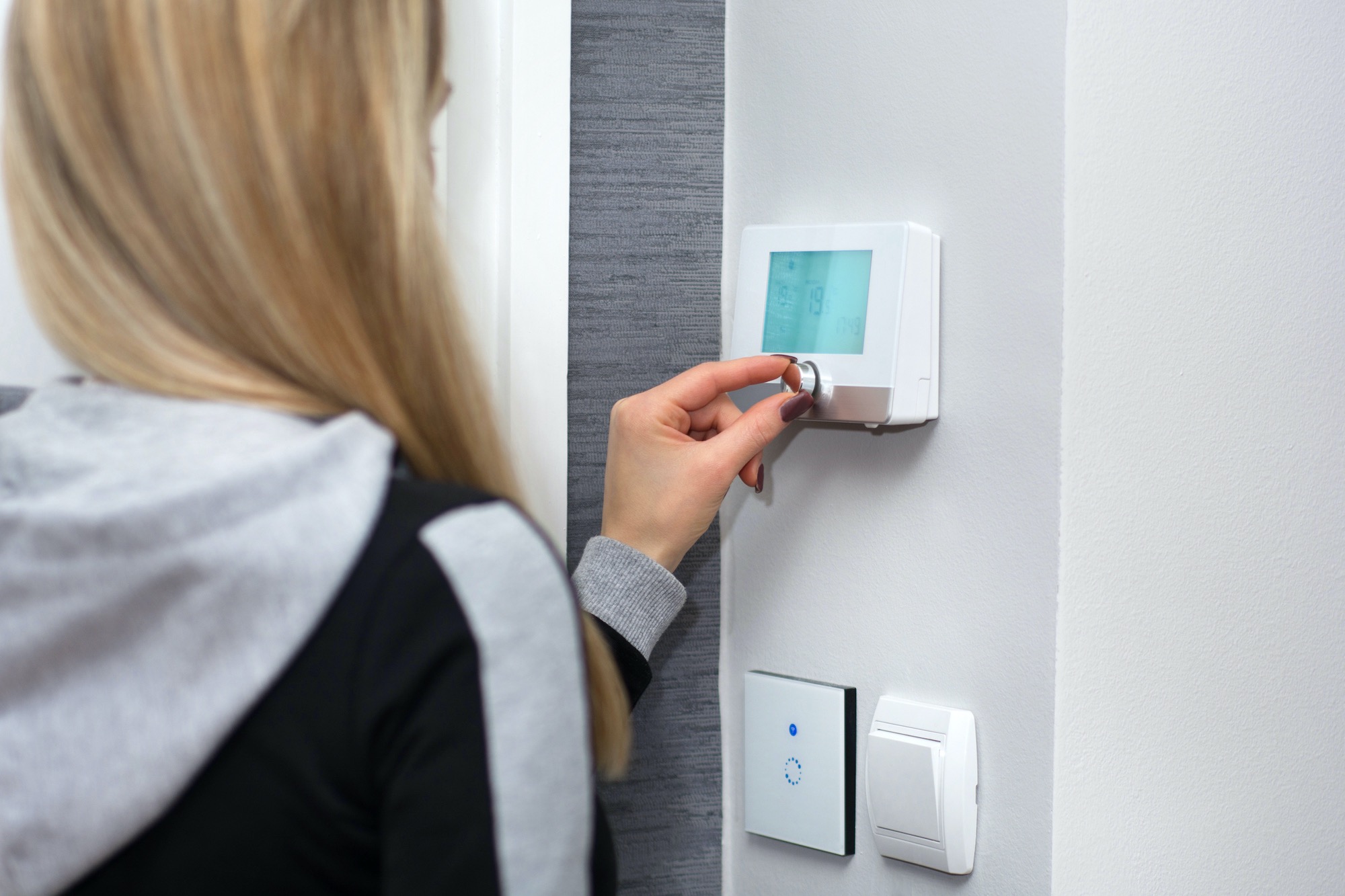
Thermostats
- Maximum recommended heating level for offices, shops, restaurants is 19oC
- Every 1oC can be add up to 10% to heating costs
- Modern thermostats can be programmed to match heating to building occupancy
- When using heating or air conditioning, keep windows closed
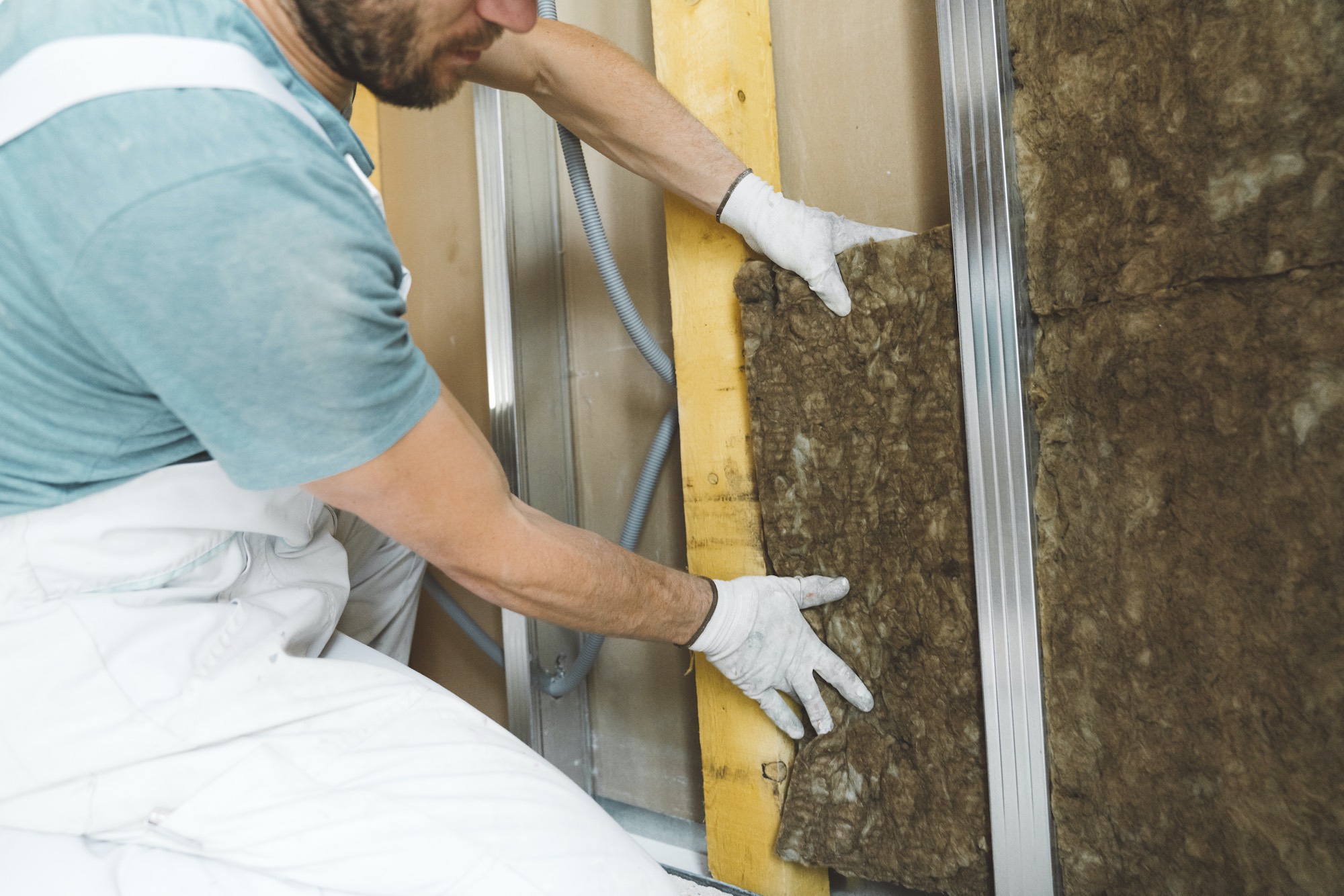
Insulation
- Insulation is an effective and cost effective way to improve energy efficiency as a great deal of heat can be lost through roofs, walls and windows
- An un-insulated ceiling will lose 12 times the rate of one insulated to a depth of 200mm
- Cavity walls without insulation will lose almost three times as much heat as walls with insulation

Computers
- Set energy-saving sleep mode to kick in after 15 minutes of being idle. Sleep mode typically uses around 70% less electricity than full-power mode
- Switch off all computers at the end of the working day and at weekends. Ten computers and monitors left on all the time will use around 10,500 units of electricity a year
- Switch to laptops; they use up to 80% less electricity than desktop computers

Printers and photocopiers
- Set energy-saving sleep mode to kick in after 15 minutes of being idle
- Switch off at the end of the working day and weekends
- Don't place near air conditioning unit
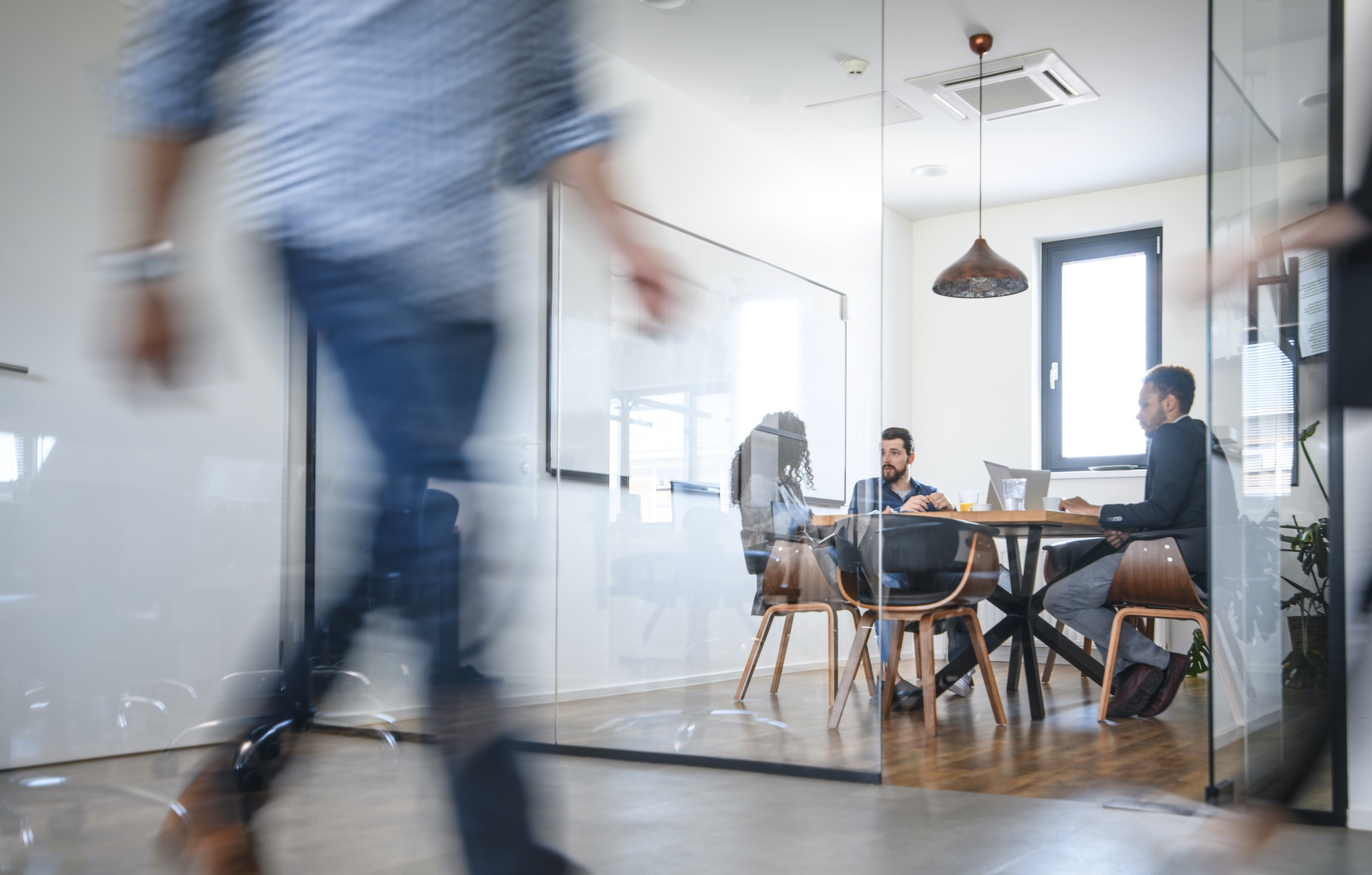
Air conditioning
- Don't open windows in an air conditioned office, they will cancel its effect
- Don't place heat generating equipment such as printers and photocopiers near air conditioning units

Office kitchen
- Install an up-to-date energy efficient fridge with an A-starred energy efficiency rating
- Don't overfill the kettle, just boil enough water for your needs
- Put a bowl in the sink, don't wash dishes under running water
- Switch off lights when not required
- Install motion detectors to switch off lights in unoccupied areas
- Fit energy efficient lighting
